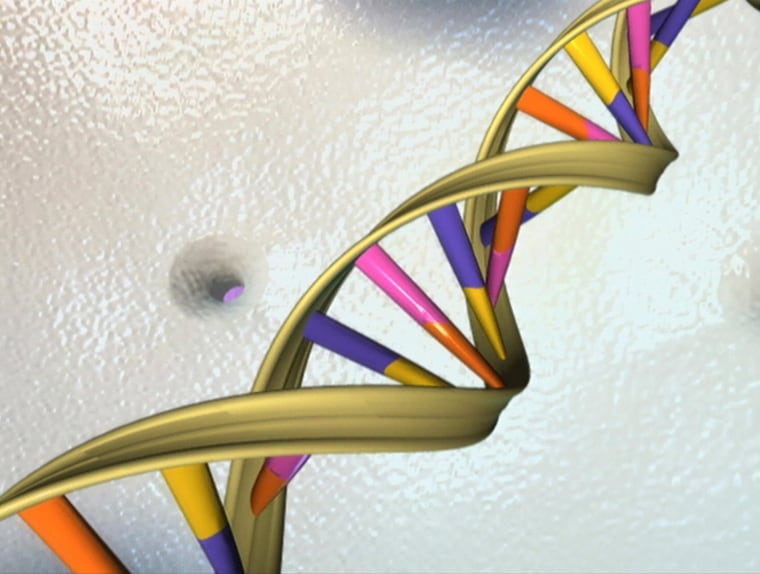The question of how life got its start on Earth is a tricky one. Life as we know it needs a genetic mechanism like DNA or RNA to record blueprints for proteins, but proteins are required for the replication of DNA in the first place — and none of that is likely to happen without a cell membrane made of lipids to keep unwanted chemicals out. Biologists have argued for years over which of these three systems might have emerged first, but new research suggests a radical solution to the chicken-and-the-egg conundrum: All three developed at once.

John Sutherland and his team at the University of Cambridge show in a paper published this week in Nature Chemistry that all the elements and energy to create the three systems would have been present in the primordial soup of early Earth. The research shows how the common compounds hydrogen sulfide and hydrogen cyanide, in a bath of UV light and water, could morph into dozens of nucleic acids and lipids. With all the building blocks formed simultaneously, the rest of the process was free to take place.
Perhaps the one prominent theory discounted by Sutherland's work is exogenesis, the idea that life may have been brought to Earth by a meteor or other celestial object. But even that gets a nod: Meteoric bombardment would have helped supply hydrogen cyanide, iron and other essential elements.
IN-DEPTH
- Could We Find Alien Life in 20 Years? That's Up For Debate
- Enceladus' Ice-Covered Sea Gets Warm Enough for Life, Scientists Say
- Tiny Blobs and Tunnels in Meteorite Revive Debate Over Life on Mars